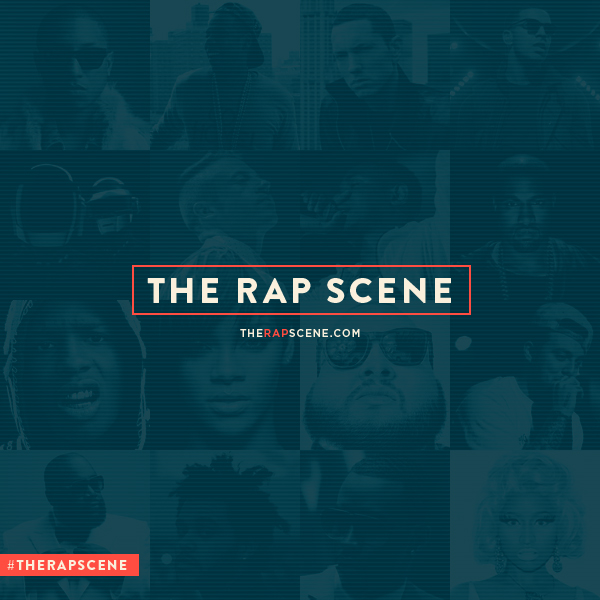
February 8, 2014. The day will live forever in the hearts and minds of sneakerheads—and not because it was the end of innocence, the last day before Nike surprise-released the much-hyped, much-anticipated “Red October” version of the Air Yeezy II on a Sunday afternoon. There is that, sure, but the date is significant because it’s when Nike SB, the skateboard-focused subsidiary Nike launched in 2002, released a “retro” of one of its most popular sneakers for the first time in the brand’s history.
Nike Dunk High Premium SB ‘De La Soul’
That reissued shoe was the Nick Tershay-designed “Diamond” Dunk SB, a 2005 release that built the brand’s legacy by connecting themes from skateboarding and hip-hop, with a laundry list of cultural cues that string the two worlds together. Technically, it wasn’t a true retro because the new rendition was a high-top and its predecessor was a low-top, but the shoe flew off of digital and physical shelves, showing that consumers were willing to shell out for that highly revered colorway. It also proved that there was a nostalgia market for the brand’s creations that were now decade-old relics, and functioned as a catalyst for what Nike SB has in store for this year’s NBA All-Star Weekend in New York City: the re-release of the De La Soul-themed Dunks that first dropped in October 2005.
The idea of making high-top and low-top sneakers inspired by 3 Feet High and Rising, alt-rap trio De La Soul’s 1989 debut album, came about through an informal meeting in 2004. “We had a show in San Diego and we were invited by LRG to come to the ASR [Action Sports Retailer] convention, which happened the same day as our show,” says De La group member Kelvin “Posdnuos” Mercer. “We came across the Nike SB booth, where we met the brand’s reps. We invited them to our show later that night, and after that they asked if we wanted to do a Dunk. We were immediately interested.”

At that point, Nike SB had worked with streetwear brands, graffiti writers, and its own team riders, but it hadn’t put out any sneakers with hip-hop artists. It was fitting that De La Soul was the first. Free thinking and unconventional, Long Island friends Pos, David Jude “Trugoy the Dove” Jolicoeur, and Vincent “P.A. Pacemaster Mase” Mason came out wearing bohemian flower prints and afrocentric medallions and spitting positive, playful rhymes at a time when gritty gangsta rap was exploding. Their non-conformity had a significant impact upon early ’90s skateboarding, when skate culture ditched its long hair and thrash metal in favor of backpack rap and baggy jeans.
“They were a huge influence to not only myself and the Girl and Chocolate crew, but tons of skaters in the early ’90s,” says Eric Koston, who currently rides for Nike SB and is one of skateboarding’s biggest sneaker collectors. “Look at the [skate] videos: We used their music and we were rocking Girbaud Jeans, Polo shirts, and rugby shirts.”

“We always felt the need to express ourselves freely from any creative restraint, to allow our minds, words, and actions to go beyond the B-boy parameter,” says Posdnuos. “I would like to think that the people involved in skate culture fell in sync with our music and allowed it to be their theme music, as well as allowing it to push them further along their journey.”



